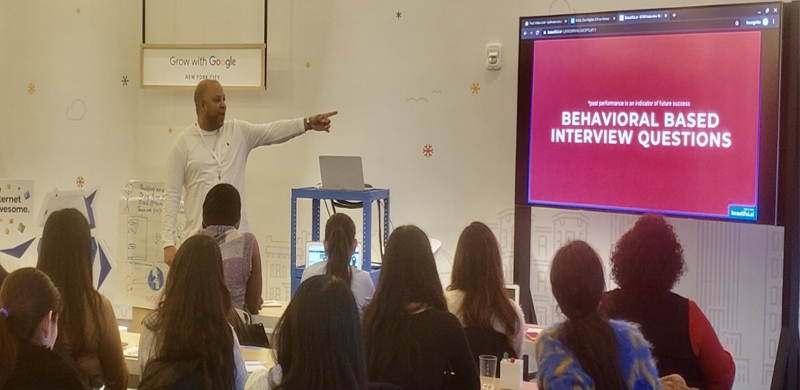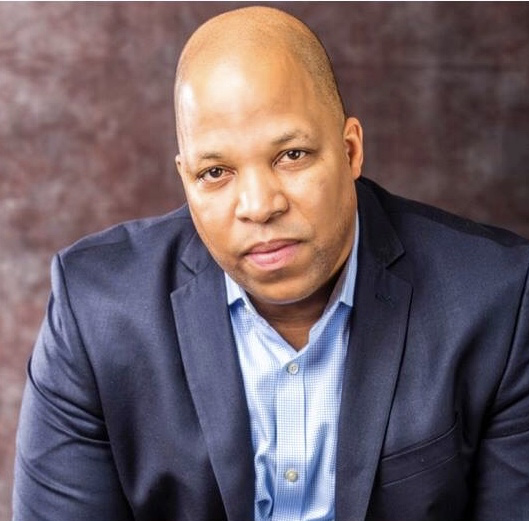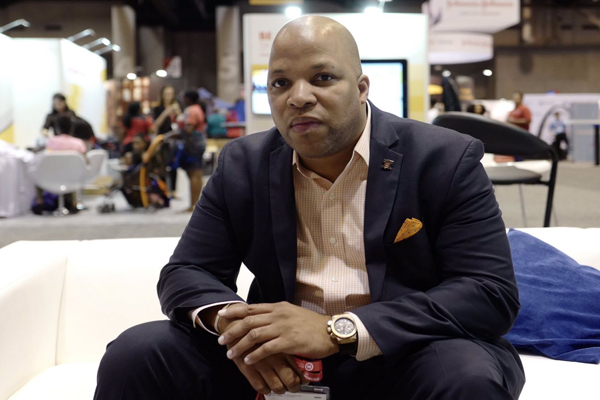Is your company leveraging Black History Month to deliver real diversity and inclusion (D&I) results? This week’s guest columnist, East Coast Executives’ President Kenneth L Johnson, believes that most companies actually aren’t. He describes most of corporate America’s efforts to celebrate the month as ‘hollow’, and lacking ‘real’ appreciation of African American history and Black culture. He believes leaders could better leverage Black History Month to deliver real D&I results. This includes retaining Black executives in their organisations and building that much talked about diverse leadership pipeline.
Black History Month is about stories; the stories of African Americans. Every February these stories start to take life and surface throughout mainstream media before they quickly fade and disappear from the nation’s consciousness. As soon as March arrives, the hallways and websites of corporate America begin to aggressively promote Women’s History Month, while the African American employees continue to share conversations and lunch dates around the topics of workplace inequality, equal pay, unconscious bias and racism.
For many of us these raw conversations seem to never go away. It’s part of being ‘Black while working’. This is the 2020 calendar of corporate America and it looks eerily similar to the calendar I viewed when I started my diversity recruitment firm, East Coast Executives, back in 2001.
HOLLOW EFFORTS
When Fair Play Talks approached me about writing a piece on Black History Month in corporate America, I immediately had my reservations. Not as a result of an inability to see the importance of the month long celebration, but because many businesses and organisations around the US view February as a chance to celebrate D&I by planning Black History Month activities, and intentionally neglecting to strategise around what’s really important – change.
Often in corporate America, the acknowledgment of African Americans and Black culture seems hollow and without real appreciation. In some organisations Black History Month mirrors the characteristics of the organisational D&I mission statement – hollow.

A TELLING TALE
I recall a conversation I had with an African American International Law Attorney who I met in Harlem, NY. She shared with me that she once practiced law in the Manhattan offices of a prestigious law firm. During the recruitment process she was told that “the firm has several employee resource groups (ERG) that offer the opportunity to enhance cultural awareness, develop leadership skills and network with colleagues across business units”. The firm appeared to place an invested commitment to workplace D&I.
So, upon starting the job, she signed up to join the Black employee ERG. According to the company calendar, this group held monthly meetings in the main conference room – a beautiful glass enclosed room situated in the middle of the office suite. Prior to the first meeting, she even received an office-generated email requesting her lunch preference for the event to be ordered from the firm’s catering vendor.
THE MEETING
On the day of the scheduled meeting, she arrived and peered through the conference room’s glass walls into a massively empty room with an overstated conference room table where she noticed ‘lunch for one’ placed at the head of the table. She would have immediately walked out thinking she mistakenly had ventured into the wrong conference room, but there was a sign on the door of this room that read: Black Employee Resource Group Meeting 12:00 – 1:00pm. Suddenly she realised that she was the only Black employee in the New York office.
At this point she had my undivided attention. ”So, what did you do?,” I quickly asked. With conviction she replied: “I sat there in dismay and ate my lunch alone – for 48 months.” At this point in the conversation, all I could manage to say was, “I’m sorry.”
I was saddened to learn that none of the other employees questioned why she was sitting there alone – for 48 months; shocked that no one joined her – for 48 months. Her colleagues just proceeded with the status-quo of knowing that in theory, there is an employee resource group for Black employees and that she – a Black female associate – was its sole member.
CULTURAL BRAIN DRAIN
She has since ventured out on her own and has a successful career as a Consultant. She made an escape from ‘corporate America’ as have many other African American professionals. This cultural brain drain has caught the attention of those that keep tabs on the fluctuations of the American workplace. It’s a huge concern.
So what can we do about it? I encourage corporations to leverage Black History Month as an opportunity to create mentorship opportunities, highlight the work and accomplishments of Black employees, identify organisational diversity issues and host leadership-led think tanks to explore how to become more inclusive with the goal of advancing real workplace D&I initiatives. When implemented, the suggested action steps won’t be exclusive to February but relevant throughout the year. I hope leaders listen and act before Black professionals within their organisations become extinct and truly are ‘Black history’.
On that note, Happy Black History Month corporate America!

AUTHOR BIOGRAPHY
Kenneth L Johnson is President of East Coast Executives, a leading diversity recruitment firm. He is a member of the Forbes Coaches Council and a Google Learning Center NYC Career & Job Readiness Facilitator. Kenneth is the Diversity Staffing Consultant for the New York Urban League and hosts the National Urban League Jobs Network Digital Career Success Series. He’s also Host & Producer of The Career Seekers Show on 106.5 FM WPPM Philly.
GUEST SERIES DEDICATED TO BLACK HISTORY MONTH
In our first guest column, dedicated to African American History Month, AstraZeneca’s diversity champion Dawn E Christian outlines why she believes Black History Month is Everybody’s History Month. She also reveals how her grandfather, Dr Merl R Eppse, played an instrumental role in the creation of Black History Week in the US. Click here to read.
In the second guest column, Michelle Wimes, Chief Diversity and Professional Development Officer at international law firm Ogletree Deakins, reflects on the commonly asked question: ‘Why does everything always have to be about race?’ Wimes also highlights the importance of celebrating the accomplishments of Black people both in and outside of the workplace. Click here to read.
In the third guest column, leadership and diversity expert Nicole D Price highlights how celebrating the month can help to normalise conversations about race and diversity in the workplace. She also provides valuable nuggets of advice for D&I/HR professionals on how to best celebrate the month in a meaningful way. Click here to read.







































